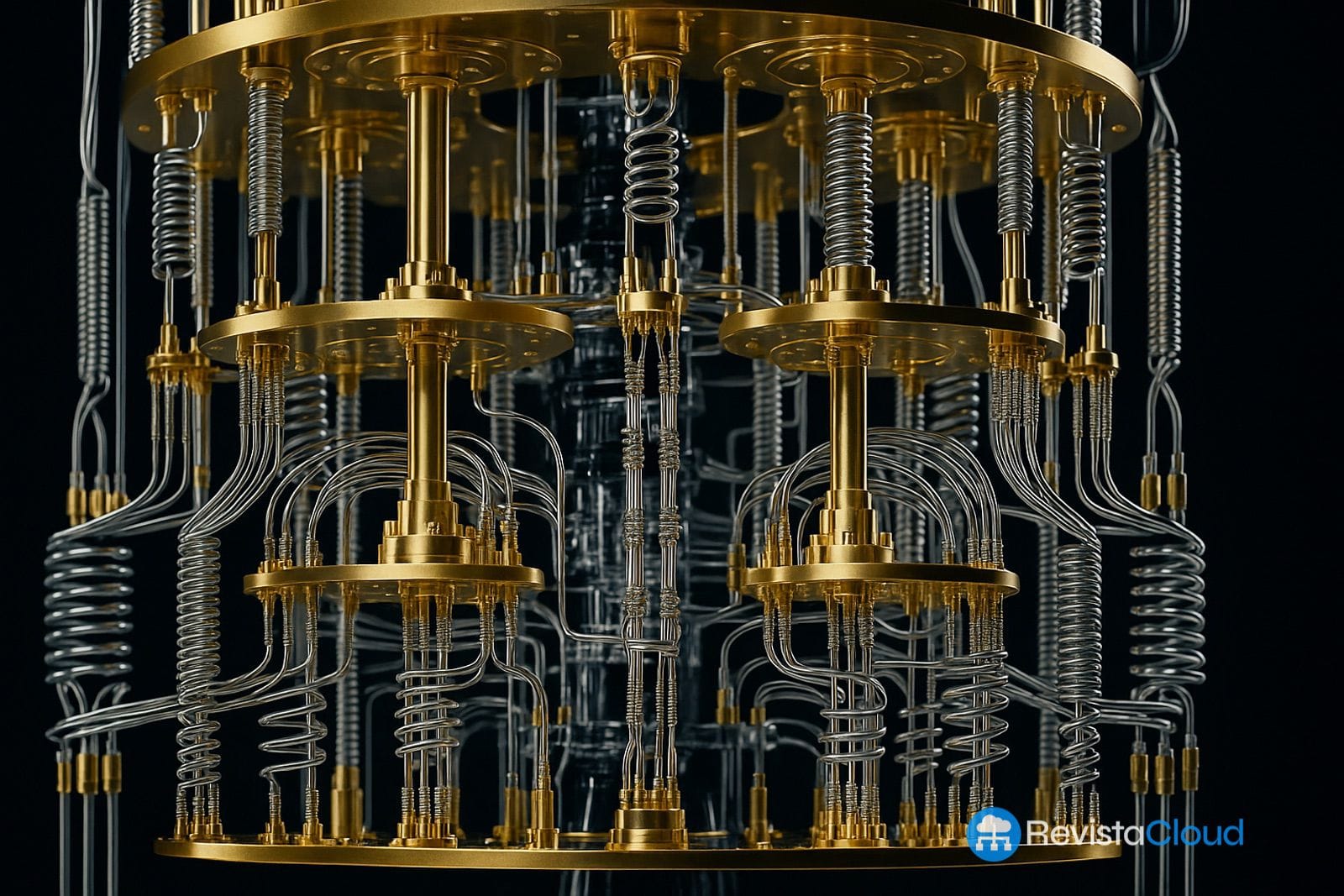The National Center for Supercomputing in Taiwan will install a system with over 1,700 NVIDIA GPUs to accelerate research in artificial intelligence, climate simulation, and quantum algorithms.
The National Center for High-Performance Computing (NCHC) in Taiwan has announced the addition of a new supercomputer equipped with NVIDIA technology, which will increase performance in artificial intelligence by eight times compared to the current Taiwania 2 system. This new infrastructure, unveiled during the COMPUTEX event in Taipei, is set to operate throughout 2025 and is positioned as a key tool for the country’s technological autonomy.
The system will include NVIDIA HGX H200 platforms with over 1,700 GPUs, two NVIDIA GB200 NVL72 systems, and an NVIDIA HGX B300 platform based on the Blackwell Ultra architecture, all interconnected via the NVIDIA Quantum InfiniBand network. Additionally, a cloud cluster of NVIDIA HGX systems and several NVIDIA DGX Spark personal supercomputers will be deployed, further expanding access to advanced AI capabilities.
“This supercomputer will be the engine for new frontiers in sovereign AI, quantum computing, and cutting-edge scientific simulations,” stated Chau-Lyan Chang, Director General of NCHC. “We aim to empower interdisciplinary collaboration and Taiwan’s global leadership in AI.”
Sovereign AI and Local Language Models
One of the NCHC’s priorities is to promote sovereign AI. To this end, the new supercomputer will support the Taiwan AI RAP project, a generative AI application development platform focused on local cultural and linguistic contexts.
This effort includes the development of large-scale language models through the public initiative TAIDE (Trustworthy AI Dialogue Engine), which already provides a collection of Llama3.1-TAIDE models and plans to integrate NVIDIA Nemotron models for more advanced services.
The impact is already tangible: in education, a conversational robot powered by TAIDE is used in schools to interact with students in Taiwanese and English. Over 2,000 users—comprising students, parents, and teachers—have tried this tool. Additionally, educational materials are being generated automatically and personalized.
In healthcare, a medical assistance chatbot has been developed to offer reliable and contextualized information to patients with severe illnesses, and it is also being applied at Taiwan’s Centers for Disease Control to generate summaries of news related to epidemic outbreaks.
Accelerated Climate, Simulation, and Science
The new supercomputer will also play a crucial role in climate research. NCHC scientists are using platforms like NVIDIA Earth-2 and models such as CorrDiff and GraphCast (integrated into NVIDIA PhysicsNeMo) to enhance the resolution of weather models and better predict global events.
Other resources, such as NVIDIA NIM for the FourCastNet model, allow for unprecedented efficiency in predicting atmospheric dynamics. Additionally, researchers are accelerating numerical prediction models with NVIDIA GPUs, significantly reducing the time for complex simulations.
Hybrid Quantum Computing and Historic Advances
One of the most notable milestones is the development of quantum computing applications. The NCHC has adopted NVIDIA’s CUDA-Q platform and the cuQuantum library to tackle problems in areas such as quantum machine learning, cryptography, and computational chemistry.
Among its tools is the Quantum Molecular Generator, which generates valid chemical structures using quantum circuits, and cuTN-QSVM, an open-source software that allows for simulating large-scale quantum circuits with linear scalability.
Thanks to this environment, researchers have achieved a record simulation of 784 qubits for a quantum machine learning algorithm. Furthermore, the center plans to build a hybrid quantum-accelerated computing system by integrating NVIDIA DGX Quantum systems.
Grace, Blackwell, and the Future of Efficiency
The new system will also feature NVIDIA’s Grace Blackwell platform, specifically designed to achieve high levels of energy efficiency and performance. In configurations like the NVL72, which combines 36 Grace CPUs and 72 Blackwell GPUs, energy efficiency is expected to double compared to traditional CPUs.
Companies like Foxconn, Supermicro, Jabil, and Quanta Cloud Technology are already developing solutions on this architecture, which is becoming a fundamental piece for demanding workloads such as language model inference or complex physical simulations.
An Expanding Ecosystem
This announcement is part of a broader strategy that includes collaborations between NVIDIA and key industry players like TSMC, Synopsys, Cadence, and Siemens, who are already using platforms like Blackwell and CUDA-X libraries to enhance chip design processes, quantum simulation, and semiconductor manufacturing control.
Thus, the new supercomputer from the NCHC is a cornerstone for solidifying Taiwan’s position as an international benchmark in sovereign artificial intelligence, climate research, and quantum computing, in a global context where processing power is key to technological innovation.
Source: Nvidia

